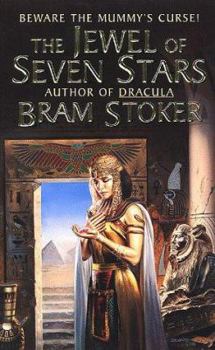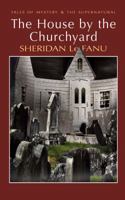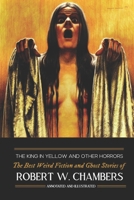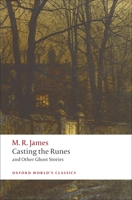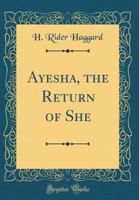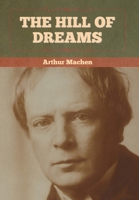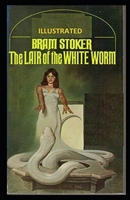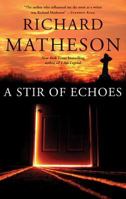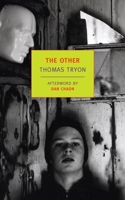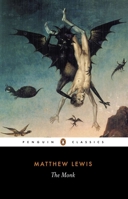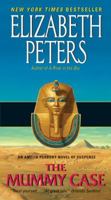Book Overview
You Might Also Enjoy
Customer Reviews
Rated 5 starsA Greatly Underrated Book
This book is great. I couldn't put it down. Personally I think that it is as good as "Dracula". It amazes me that it remains so obscure. One of the other reviewers complained of a weak ending. I assume that this poor person was unlucky enough to have read the 1912 edition. Stoker's publishers though that the original 1903 ending was too gruesome and made him rewrite it as a condition of re-publishing the book. I don't...
1Report
Rated 4 starsStoker's best known post-Dracula novel
Originally published in 1903, some six years after Dracula, Bram Stoker's The Jewel of Seven Stars is a singular work of dark fantasy. It reads as if it were one of the author's earliest writings, espousing a much more awkward style than that which permeates Stoker's most famous novel. The characters are stereotypical of the time, the dialogue is sometimes forced and so Victorian in its manner that it fails to draw the reader...
0Report
Rated 5 starsThe Novel that Inspired All the Mummy Films
Amazingly, Bram Stoker's imagination was not only the driving force behind the best of all vampire novels and the million films inspired by it; he must also be credited with the invention of the modern "mummy" tale (if there is such a thing). Movies like the classic Karloff "The Mummy", the later Hammer version (which is more gruesome), the 1960s movie "Blood from the Mummy's Tomb", and the Charlton Heston "The Awakening"...
0Report
Rated 4 starsGreat story!...but could use a better ending
I read a lot of 19th century and turn-of-the-century literature, and I thought this was a very good story. It is not really horror (of which I am not a big fan; its more mystery and adventure story), and at under 300 pages is not too long of a read. There is a fairly good summary in a review below, so I will only say in my critique that there is a chapter or so midway through the book that gets rather (unnecessarily) caught...
0Report
Rated 5 starsMummy Dearest
"Hither the Gods come not at any summons. The Nameless One has insulted them and is forever alone. Go not nigh, lest their vengeance wither you away!"There are certain story elements I can't resist: Egyptology is one of them. Throw in a mummy's curse and I can be convinced to do all sorts of reckless things--like buying SPHINX, that appalling movie with Lesley-Anne Down. Thus I came to read THE JEWEL OF SEVEN STARS...
0Report











